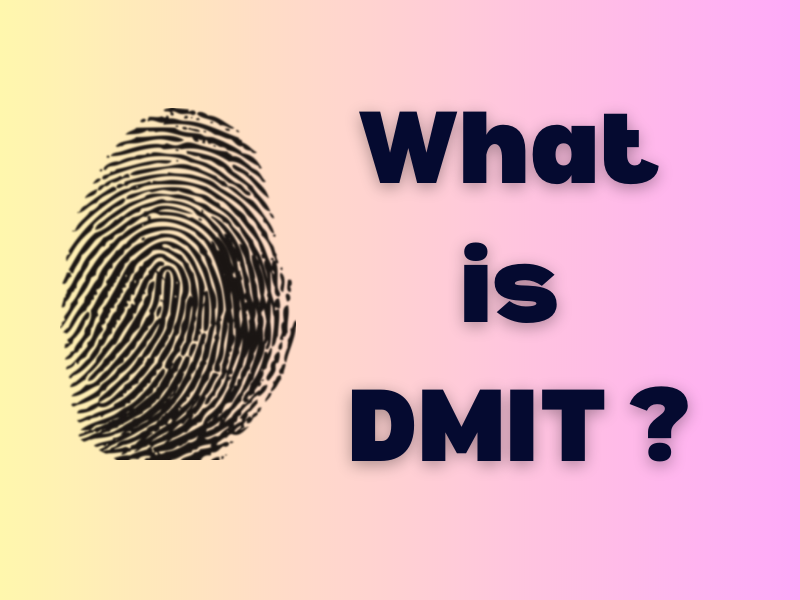The Dermatoglyphics Multiple Intelligence Test (DMIT) is a scientific method developed to understand an individual’s unique innate potential and preferred learning styles. DMIT Test is based on the study of fingerprints, which are formed during the 13th to 21st weeks of fetal development and remain unchanged throughout a person’s life. The DMIT test analyzes these fingerprints to provide insights into an individual’s brain lobes, personality traits, learning style, and potential talents.

Understanding the Science behind DMIT Test
The human brain is divided into different lobes, each responsible for specific functions. The DMIT test examines the fingerprint patterns, ridges, and their distribution to determine the dominance of different brain lobes. By analyzing these patterns, the test can identify an individual’s intellectual strengths, emotional quotient, creativity, memory, and analytical abilities.
Benefits of DMIT Test
The DMIT test offers various benefits in understanding oneself or one’s child:
- Identifying learning styles: The test helps identify whether an individual is more inclined towards visual, auditory, or kinesthetic learning methods.
- Recognizing multiple intelligences: By assessing the strengths and weaknesses of different brain lobes, the test provides insights into one’s unique intelligence distribution.
- Understanding personality traits: The DMIT test can shed light on an individual’s personality characteristics, such as introversion or extroversion, adaptability, leadership potential, and communication style.
- Optimizing career choices: By identifying an individual’s natural talents and abilities, the test can guide towards suitable career paths.
- Enhancing parent-child relationships: Understanding a child’s innate potential can help parents provide appropriate guidance and support.
How Does the DMIT Test Work?
The DMIT test is a non-invasive process that involves scanning the fingerprints using a specialized scanner or ink-based method. The collected prints are then analyzed using advanced software algorithms. The test results are presented in the form of a comprehensive report, which includes detailed information about brain lobes, learning styles, personality traits, and possible career recommendations.
Conclusion
The DMIT test provides a unique way to understand an individual’s inherent potentials, learning styles, and personality traits. By leveraging the science of dermatoglyphics and fingerprint analysis, this test can offer valuable insights into personal development, education, and career choices. If you are seeking a comprehensive understanding of yourself or your child’s abilities, the DMIT test can be a useful tool.
